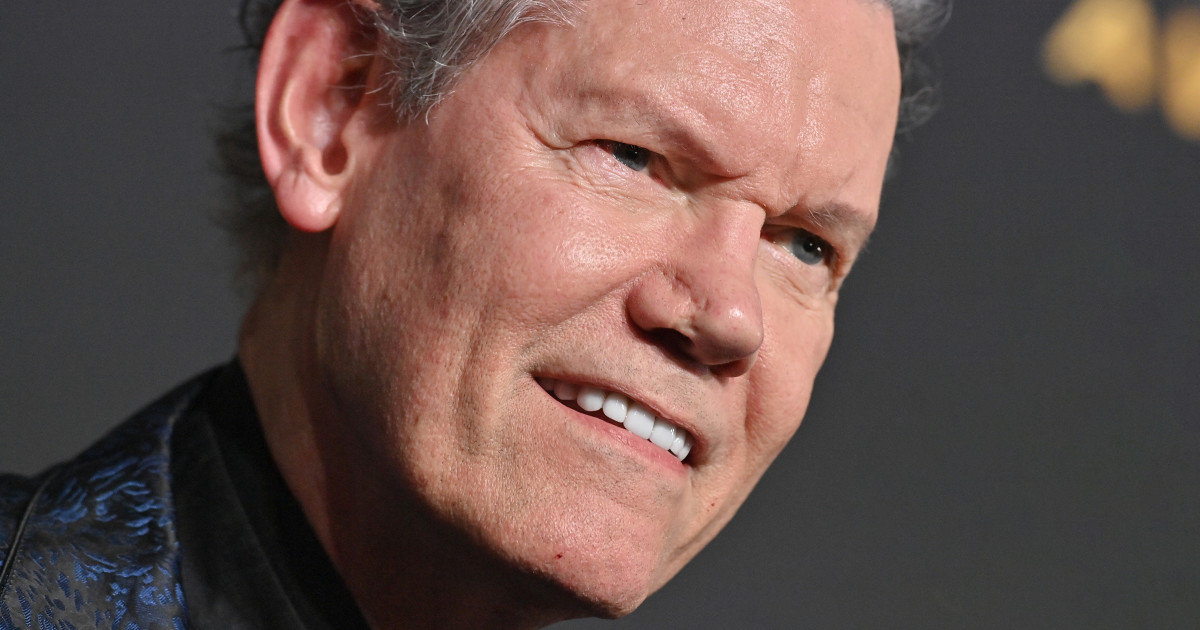Copyright spectator

Last month, in a two-page letter to colonels of corps and regiments, the Deputy Chief of the General Staff, Lieutenant-General David Eastman, inadvertently exposed the moral confusion, panic even, possessing parts of the British Army. Invited to dine by retired and serving officer members of the private London club Boodle’s, Eastman was dismayed to discover that there were ‘restrictions on the rooms that can be accessed’ by women. In his subsequent letter, he expresses concern that, even in mixed clubs, ‘rules, policies or cultural practices may not align with the army’s commitment to inclusivity’. And so, like Widmerpool in his pomp, he calls for corps and regiments to review their affiliations with private members’ clubs and insists that they ‘engage’ with offending clubs to ‘advocate for change’, which he says ‘offers an opportunity to influence positive change beyond the army’ (constitutional overreach, surely?). If that fails, Eastman concludes, regiments should ‘disassociate’. It is, he says, ‘a strategic necessity’. So there we have it: without inclusion, the British Army will fail in its strategic mission. Unless of course diversity, equity and inclusion – DEI – has become, as many fear, the end in itself. The evidence suggests these fears are not unfounded. Messaging on such matters as non-gender-specific language and unconscious bias has sometimes seemed more important than uncompromising fitness standards and the exercise of robust command. Reaction to the letter by regimental colonels, many of them battle-experienced generals both serving and retired, has been disbelief, dismay and anger. DEI has also begun to erode the regimental system on which the army operates, which has already been progressively undermined in the past 20 years. Functions of command have been appropriated by ‘whole-force management’. Regimental identity, a key element in what makes soldiers fight and endure, has been progressively homogenised by such things as petty restrictions on cherished traditions, of which dress is perhaps the least important but the most visual, and the alienation of traditional recruiting areas. In 2021, with applications falling, the armed forces increased its target for female recruiting from 15 per cent to 30 per cent. Six years earlier, under pressure from the then prime minister David Cameron, all roles had been opened to women. This was against the advice of many infantry commanders, who argued that while support arms such as artillery and engineers are task-orientated, the infantry and armoured corps confront the enemy face-to-face – a visceral business needing exceptional physical strength and prolonged team intimacy. The number of female infantry recruits may have proved insignificant, but the policy change turbocharged the cause of DEI as women were now theoretically on absolute equal terms. Yet the record of integration has too often been unedifying. In 2021, the Defence Sub-Committee on Women in the Armed Forces published a report revealing discrimination, bullying and sexual harassment on an alarming scale. The rise of woke policies in the army matters because it hides the real issue: our military is woefully undermanned and under-equipped. In my recent review of Ben Barry’s book The Rise and Fall of the British Army 1975-2025, I suggested that while on paper things still look moderately impressive, in the words of General Sir Richard Barrons (who with Lord George Robertson and Fiona Hill wrote the recent defence review), the army is ‘fielding holograms of capability’. Savagely reduced in size and de-equipped by obsolescence, underinvestment, poor procurement and Ukraine, the army, concludes Barry, ‘might be able to generate a single division of about 30,000 troops, for a one-off intervention’, but that’s about it. In the 50 years that Barry chronicles, army manpower has fallen from 167,000 to 72,500; the proportion actually capable of combat gets smaller and smaller. The parlous state of infantry recruiting is both troubling and instructive. Latterly some 300 more soldiers have been leaving each month than are enlisting: a brigade’s worth in a year. Too often in the past, gaps in the ranks were closed up by amalgamating or restructuring regiments. Yet further recruiting shortfalls always followed. Detach a regiment from its recruiting area, dilute its local identity, take away its recruiting responsibility and contract out to Capita, and unsurprisingly the gaps open up again. Capita’s answer has increasingly been to look for recruits overseas, conveniently justified by ‘diversity’. There’s meant to be a 15 per cent cap on non-UK soldiers per unit to facilitate integration, but the policy is wishful. Across the Coldstream Guards, for example, non-UK soldiers are believed to account for 24 per cent. In London Central Garrison, 35 per cent of soldiers are also understood to be non-UK. Of these, some 40 per cent are assessed as not having good enough English to be safely employed in support of the police in the event of a major terrorist attack. In June last year, the Guards non-commissioned-officers at Catterick – men with Iraq and Afghanistan campaign medals – took the unprecedented step of writing to the Major General in command of the Household Division to say that too many non-UK nationals did not have the competence in English to be safe during live-firing training. Nor were they truly committed to serving, wanting only ‘to secure visa extensions in order to provide for their families back home’. The army’s leadership manual says commanders must ‘encourage an open, collaborative and challenging culture’, but when the letter was leaked to the press, an army ‘spokesperson’ accused the authors of ‘falling short of the army’s values and standards’. Why would such committed NCOs want to continue serving? Added to this, the Armed Forces are under increasing pressure from human rights lawyers. An open letter, published this week and signed by nine four-star generals, illustrates how perilous the situation is for many service men and women. ‘We feel bound to warn that the government’s Northern Ireland Troubles Bill, and the legal activism surrounding it, risk weakening the moral foundations and operational effectiveness of the forces on which this nation depends,’ the letter reads. ‘This is a corrosive form of “lawfare”, which now extends far beyond Northern Ireland. Today every deployed member of the British Armed Forces must consider not only the enemy in front but the lawyer behind.’ Who, seriously, would want to sign up and fight for their country against this backdrop? We are failing the men and women who want to defend us. The Americans find it baffling. At a Policy Exchange forum recently, Mike Pompeo, former US secretary of state and first in his class at the West Point military academy, was asked how to recruit young British working-class males, traditionally the men standing ready to do violence so that people sleep peacefully in their beds at night. ‘Tell them they’re going to get to go to fight,’ he said. Too often the Army’s recruiting message has been limp. The briefing day at Sandhurst for potential officers this year felt like a pitch for NGOs wanting a three-and-a-half-day week with golf on Wednesday afternoons. In September, the US Secretary of War, Pete Hegseth, told his generals that woke was over and they should prepare for conflict: ‘Would you want [your own child] serving with… people who can’t meet basic standards, or in a unit where standards were lowered so certain types of troops could make it in, in a unit where leaders were promoted for reasons other than merit, performance and warfighting? The answer is not just no, it’s hell no… Because this job is life or death.’ The British Army needs the Hegseth message. It would certainly be music to the ears of one high-flying captain I know. She intends to leave the Army next year, fed up with the mantra of DEI instead of the recruiting slogan, now dropped, that first attracted her: ‘Be the best.’



